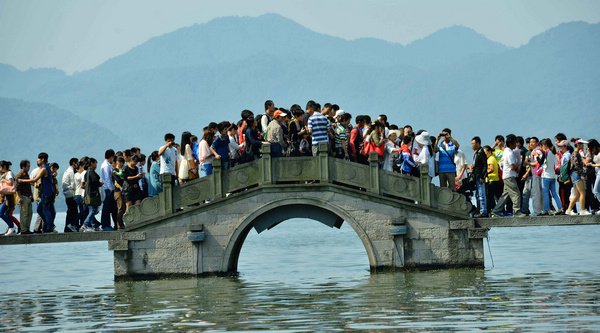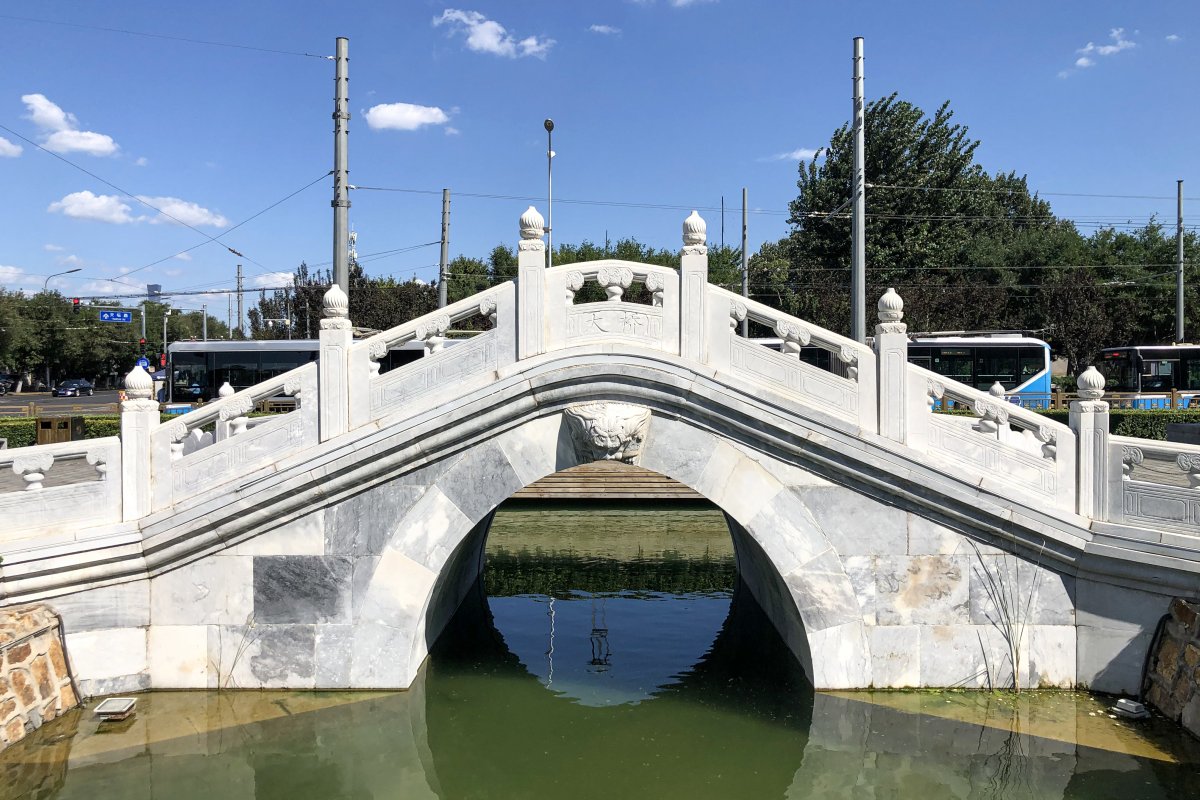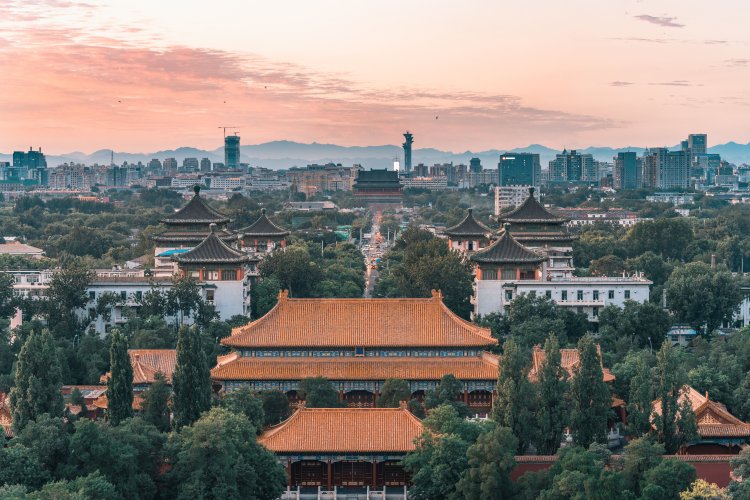Finding the Qiao in Tianqiao: A Bridge for the Son of Heaven
There’s a reason why Tianqiao – aka “Heavenly Bridge” – a subdistrict located around Qianmen and Yongdingmen, is named as such.
As someone who once thought all pedestrian overpasses in Beijing were referred to as “Tianqiao” (someone somewhere told me this down the line), I always thought to myself “why the hell would they name an area after one of these?”
As it turns out, the name of the area does in fact have to do with a bridge. Said bridge is now long gone, but its replica lives on in the area. Plus, it was a pedestrian bridge of sorts – score one for my questionable understanding of Beijing terminology – reserved for but one “pedestrian”: the emperor.
I first encountered the actual Tianqiao on a return trip to the Central Axis a few months ago. It seemed new, as I hadn’t encountered it during my first visit in Fall 2019. Prior to this, there was another replica in the nearby Tianqiao Museum, but I only found out about it after the fact.

One thing that struck me, though, was that the whole thing was roped off; foot traffic is forbidden. Homage to the emperors of old perhaps? Or just a way of keeping too many people from going along it?

The original bridge was constructed over 600 years ago during the Yuan Dynasty, and it saw use in the Ming and Qing Dynasties as a means of shuttling the emperor to and from the Temple of Heaven for worship. It traversed a humble drainage ditch, which would’ve split the Central Axis in two if it weren’t for the bridge. .

Seeing as the emperor was the only one allowed to cross Tianqiao, it was closed off by a wooden gate when not in use, and two simpler wooden bridges flanked it on either side, for use by other members of the imperial household, officials, and servants.
The little bridge is perhaps overshadowed today by Tianqiao’s fame as an area once reserved for markets and street performers. Indeed, one guide from the 1930s tells readers: “It will be one’s greatest regret if one comes to Beijing from afar but does not have a glance at Tianqiao.”

It’s a past that lives on today, with the Tianqiao Theatre and Tianqiao Performing Arts Center calling the area home and showing everything from acrobatics to opera, as well as regular mock street performances in the area for tourists. There are even plans to develop portions of Tianqiao into a sprawling performing arts district.
With all the grandeur and oddities Tianqiao is remembered for, I suppose it’d be easy to forget the place’s original namesake. Thankfully the replica is here to see; a memory of a crossing once reserved for Sons of Heaven.
READ: Spine of Beijing: Traversing the City's Central Axis
Images: Wikimedia Commons, China Daily







